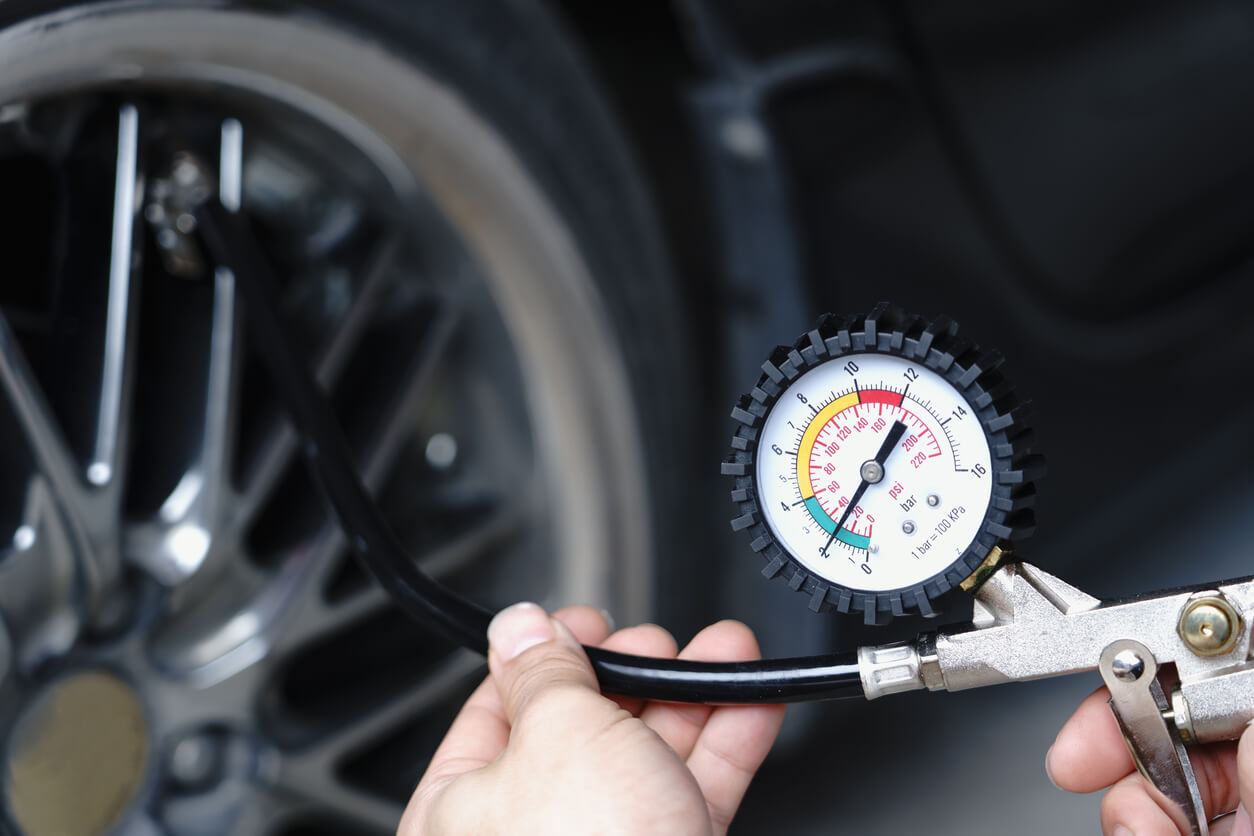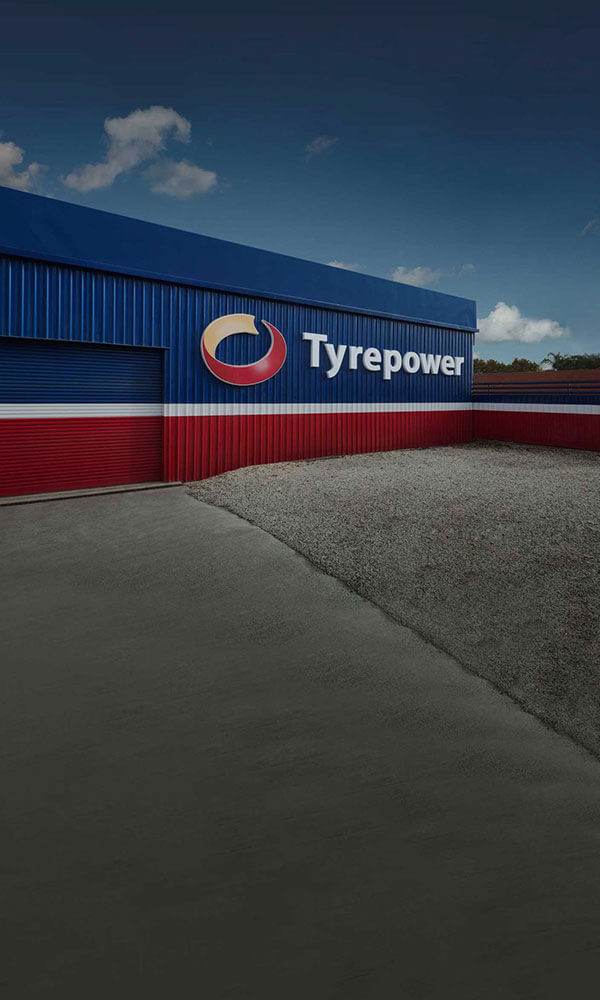How to check your tyre pressures the correct way.

Checking your tyre pressures periodically will ensure they are safe and fit for use. Low tyre pressures mean uneven and accelerated wear and tear. Furthermore, you could damage other components including wheels, steering, suspension and brakes.
Simple ways to check your tyre pressures
- Visual inspection
- Tyre pressure gauge
- At the petrol pump using their gauge (not always accurate however)
- TPMS System
A simple walk around the car to visually inspect your tyres is a good start, however by the time you can see that your tyre needs the pressure adjusted, it could be significantly suffering from low pressure. A tyre pressure gauge is a cheap and easy way to accurately read tyre pressures. They are usually easy to come by at any service station or large auto retailer. These devices are as small as a pen, so you don’t need to worry about carrying a large gauge in the back of the car.
It is alway a good idea to check your tyre pressures when they are cold. This will ensure a more accurate result. Tyres are considered cold when your vehicle has been parked for at least 3 hours, or the vehicle has travelled at a moderate speed for less than 1.6km.However, sometimes this is not possible. In these instances, you can add 2psi to your pressures to compensate for the extra heat associated with freshly driven tyres.
There are 3 main reasons for having the correct tyre pressures on your vehicle.
1. Extending the life of your tyres.
We all want tyres that last forever, don’t we? Tyres can be expensive and usually the need for new tyres comes at a time when we are least expecting it and can’t always afford them. One way to ensure that the full length of tyre life recommended by the manufacturer is achieved is to keep them inflated at the correct pressures. Your pressures can be found either on the sidewall of your tyre, or on the vehicle placard. This is usually in the door well of the car or in the engine bay.
2. Reducing driving risks.
Under-inflated tyres can be hazardous. There is a greater possibility of rolling the tyre off the rim if under inflated. Keeping a pressure gauge handy in the car means you’ll be on top of your tyre pressures anywhere, anytime. Other risks include handling and braking issues. An under-inflated tyre will not be as responsive during cornering with longer braking distances.
Over-inflated tyres can also be a high risk. Not only will you wear the centre of your tyre much quicker, but your tyres will be extremely susceptible to a blow out. A blow out could be very dangerous, especially while on the highway. Over-inflation will reduce the life of the tyre at a rate of 45% faster when 30% over inflated.
3. Saving you money at the fuel pump.
We all want to save a little money, especially at the fuel pump. Keeping your tyres inflated to the correct pressures will no doubt save you money. Just a 9% drop in your vehicle’s tyre pressures will mean an increase of fuel consumption by up to 5%. A regular check at the pump when you are filling up will mean you are driving at the recommended pressures.
If you need further assistance call into Kogarah Tyrepower today and talk to one of our expert staff. We can inspect your vehicle’s tyres and ensure you are running the correct trye pressures to that of the vehicle's placard or the tyres specification. Call today on (02) 9587 33 66 or drop into our workshop at 7 Lindsay Street Rockdale.


